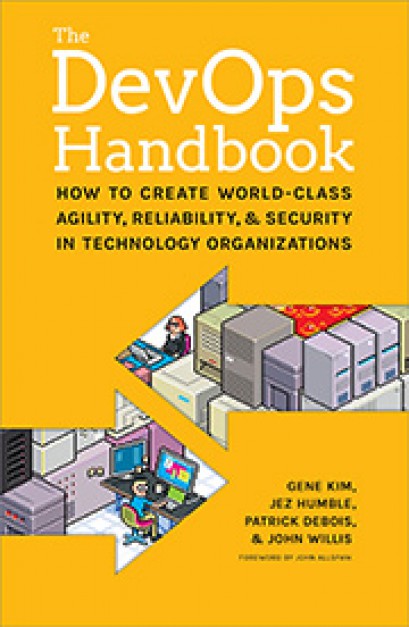12 July 2023

In the ever-evolving world of software development, developers are constantly on the lookout for innovative approaches to overcome the challenges posed by traditional monolithic architectures. One such paradigm that has gained immense popularity is microservice architecture. This blog post delves into the concept of microservice architecture, its benefits, and how it is revolutionising software development by breaking down monoliths.
Microservice architecture (a term that is often shortened to microservice) is an architectural style that structures an application as a collection of small, loosely coupled, and independently deployable services (Google Cloud, 2023). Microservices enable the division of a complex application into smaller, self-contained components, each with its own specific area of functionality (Google Cloud, 2023). When handling a user request, a microservices-oriented application can utilise multiple internal microservices to construct and provide a response. A prime example of microservices architecture are containers, since they allow developers to concentrate on building services without concerns about the dependencies (Google Cloud, 2023). In contemporary cloud-native applications, the prevailing approach involves constructing microservices using containers.
Traditional monolithic architectures often suffer from several limitations, such as tight coupling, scalability challenges, and difficulties in implementing new features or technologies (Atlassian, 2023). These monoliths become increasingly complex as the application grows, making maintenance and debugging cumbersome (Atlassian, 2023). Microservice architecture addresses these issues by breaking down the monolith into smaller, more manageable services.
Scalability: Microservice architecture enables independent scaling of services, allowing developers to scale only the necessary components without affecting the entire system (GitLab, 2023). This scalability promotes better resource utilisation and improved performance. Flexibility and Agility: Microservices empower development teams to work independently on different services, utilising different technologies and programming languages as per the specific requirements (LinkedIn Corporation, 2023). This flexibility enables rapid development, deployment, and iteration, resulting in increased agility. Fault Isolation and Resilience: As microservices are decoupled, failures in one service do not affect the entire system. This fault isolation ensures higher resilience, as individual services can be designed to handle failures gracefully without causing widespread disruptions (O’Reilly, 2023). Continuous Delivery and DevOps: Microservice architecture aligns well with modern software development practices such as continuous integration, delivery, and DevOps. Each service can have its own deployment pipeline, allowing teams to independently release updates and new features, reducing time-to-market (LinkedIn Corporation, 2023). Improved Maintainability: With microservices, each service has a specific responsibility and a limited codebase. This modular structure enhances maintainability, as developers can understand and modify individual services without having to comprehend the entire application (Clean Commit, 2023). Additionally, unit testing and debugging become more manageable.
While microservice architecture offers numerous benefits, it also introduces certain challenges that need to be carefully addressed. Some considerations include service discovery, inter-service communication, data consistency, transaction management, and monitoring (Spiceworks, 2023).
Microservice architecture has emerged as a game-changer in software development, revolutionising the way applications are designed, built, and deployed. By breaking down monolithic architectures, microservices provide scalability, flexibility, resilience, and maintainability, all of which contribute to enhanced software development practices. As the industry continues to evolve, embracing microservice architecture can empower organisations to build robust, scalable, and future-proof applications.

